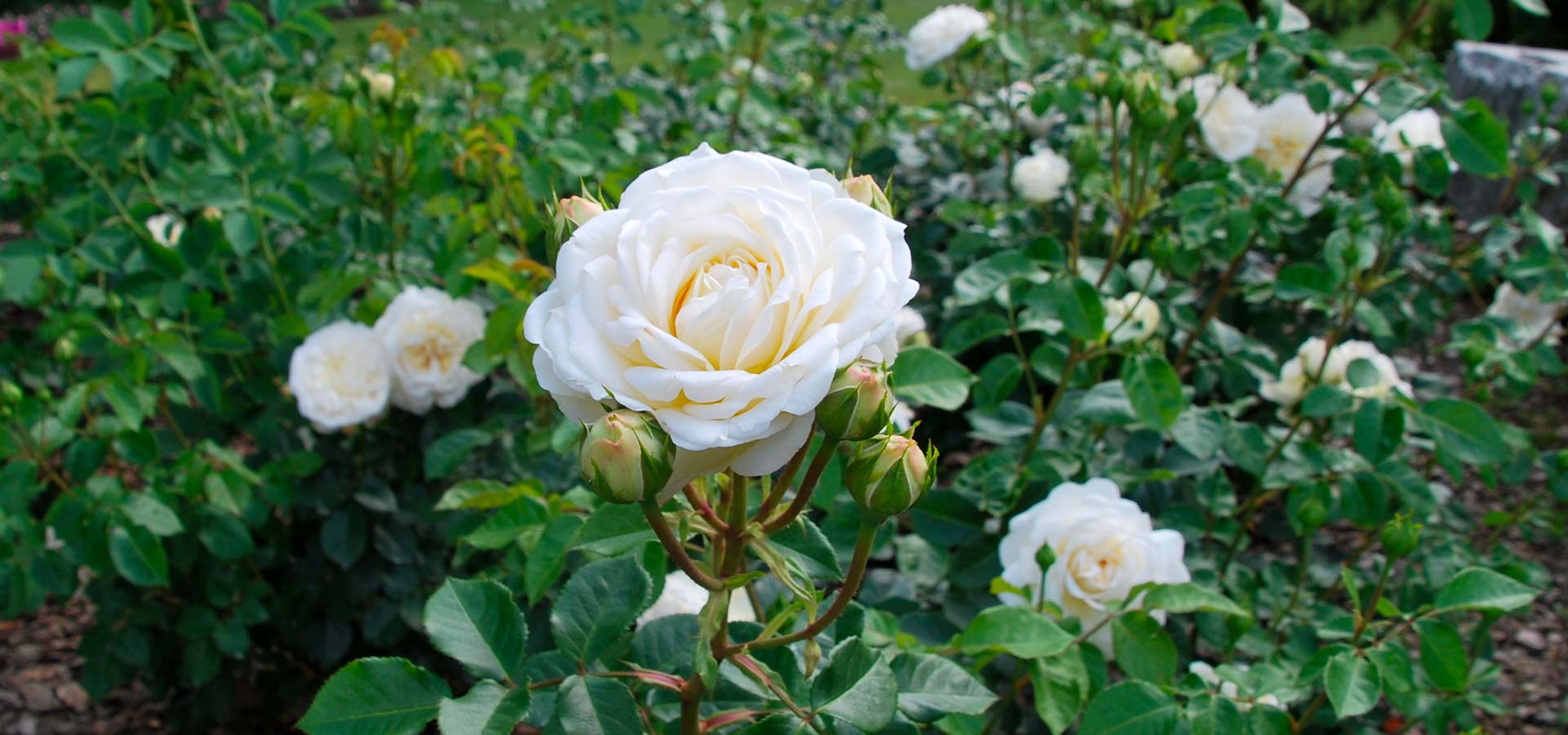
GIRIJA AND VIRU VIRARAGHAVAN

Roses in India IN HISTORY, ART, CULTURAL AND SOCIAL LIFE
The talk covers the many aspects of the rose in India. It will focus on the history, legends, and the origin of rose cultivation, and the varied routes by which roses reached India from China and the Middle East. Central to the talk is the Somanatha Pillar which clearly establishes that continuous flowering roses had reached India as early as the 12th Century. Over the years roses have been used for worship, as an integral part of society and culture, and in medicine, culinary arts and beauty products – a richly varied, colourful tapestry indeed.


Biography
Girija and Viru Viraraghavan have been on the rose scene for well over 50 years. Viru retired voluntarily from government service after 20 years in 1980, to concentrate on rose breeding.
Girija is researching on the history of the rose in India. In 1980, Viru and Girija settled in Kodaikanal, a hill station (2200 meters elevation) in southern India, Viru had been hybridizing roses from 1965, and his early aims of breeding were to raise roses in unusual colors, and in the ‘handpainted’ strain. Later he began breeding with two Indian rose species, R.clinophylla and R.gigantea. He is experimenting with other rose species like R.bracteata, R. chinensis spontanea , R.hirtula.
Both have held positions as Vice Presidents of the Indian Rose Federation, of which they were founder members and for over 30 years were Editors of the Indian Rose Annual brought out by the Indian Rose Federation. Both have received Gold Medals from the Indian Rose Federation for hybridizing and administrative work. Viru has received The World Rose Award of the W.F.R.S. (World Federation of Rose Societies).
Both were honoured with the ‘Great Rosarians of the World Award’ USA, in 2006.
Viru received the Lifetime Achievement Award for Rose Breeding in 2020 at the WFRS Regional Conference, Kolkata.
They have recently had a book published on their work with roses titled ‘Roses in the Fire of Spring’.


